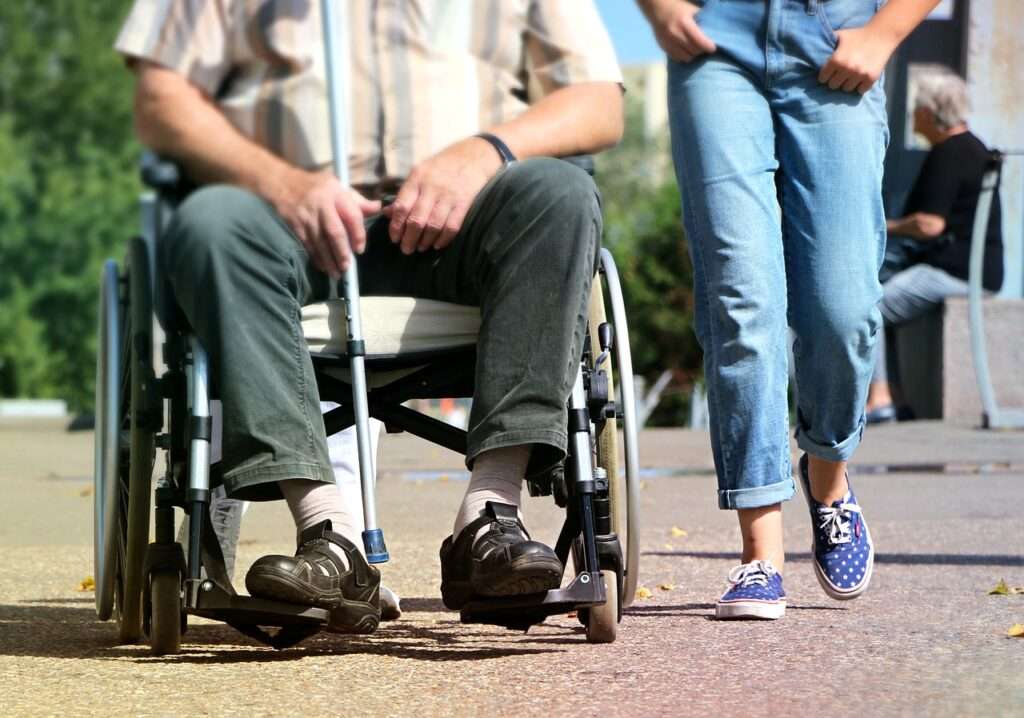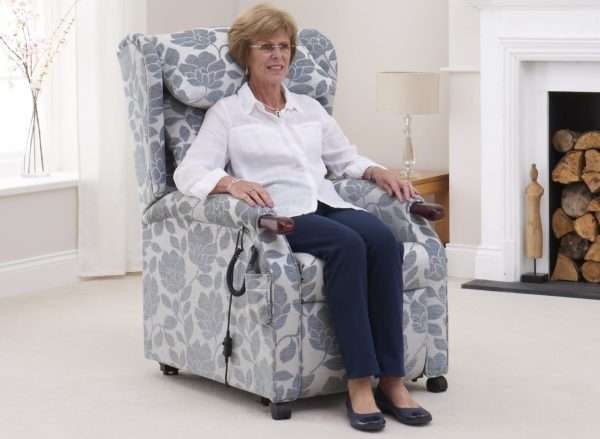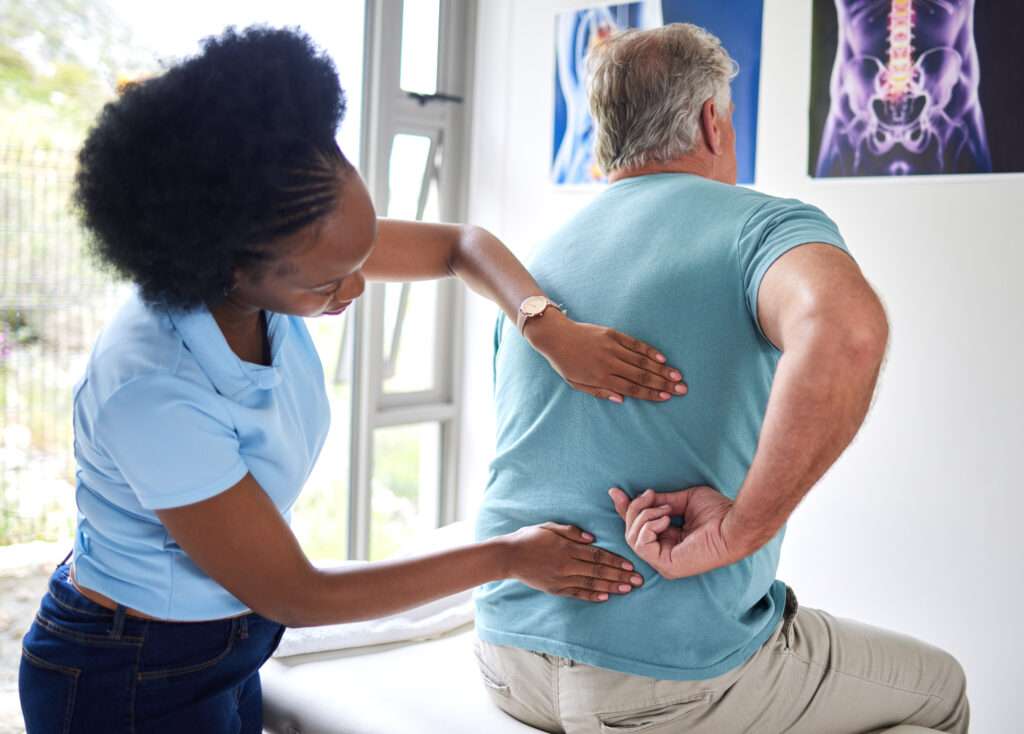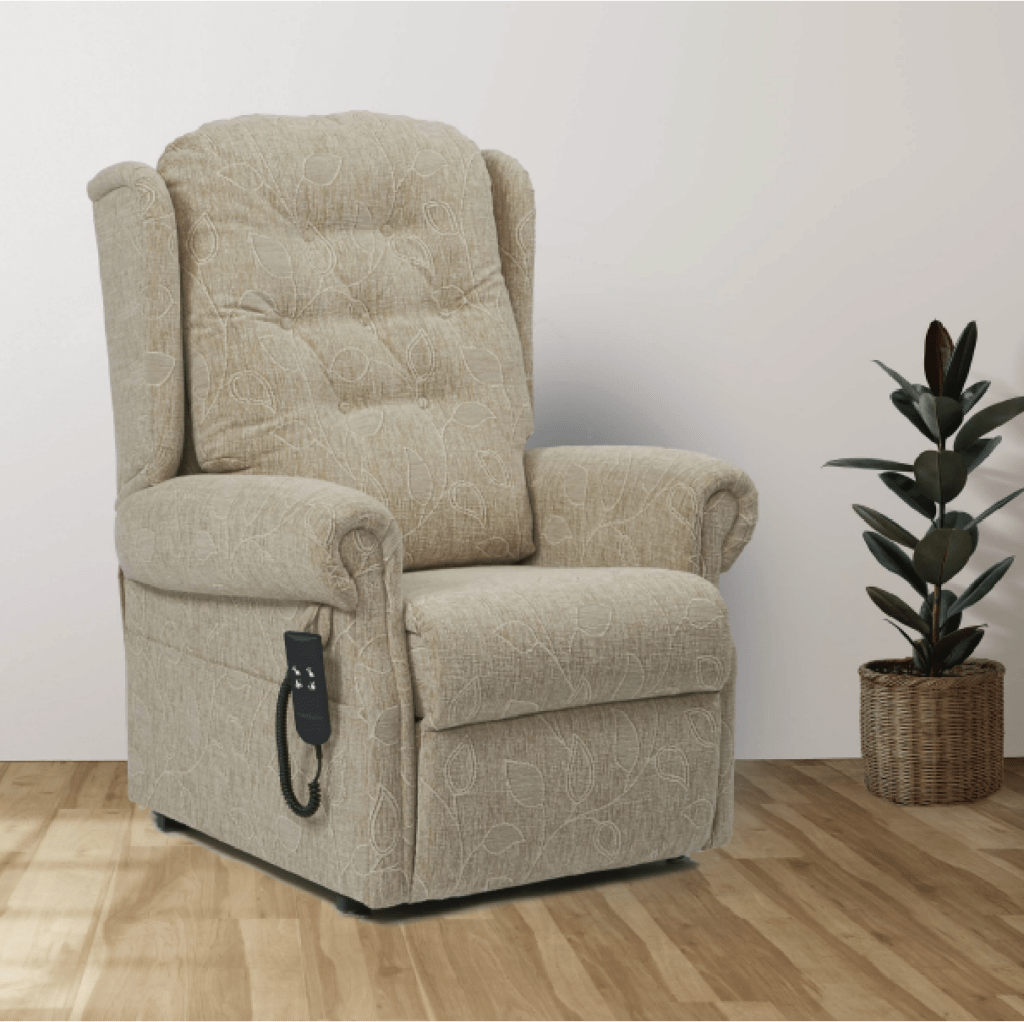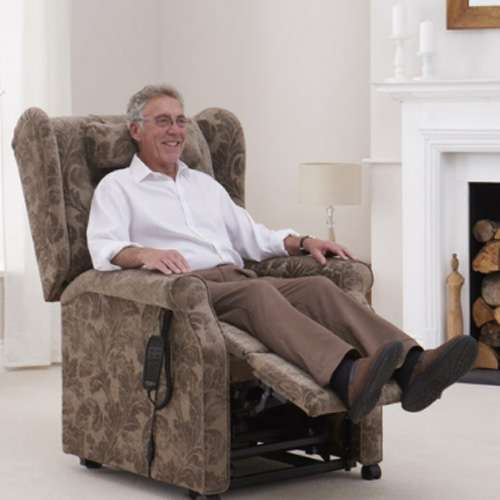Using the correct moving and handling practices can help safeguard both the person and the carer from possible injury or harm. But what do you need to do differently when moving and handling children?
Here are some things to bear in mind when manually handling kids.
Jump straight to…
Common health conditions in children
A child could have practically any kind of condition that would mean they require some form of moving and handling. Here are some of the most common conditions:
- Genetic conditions and birth defects
These illnesses are caused by inherited genetic defects or by mishaps and poor health during pregnancy. This can include Downs Syndrome, Spina bifida, and Autism.
- Birth trauma
Caused by premature birth or troublesome labour or delivery which can hinder the amount of blood and/or oxygen reaching the baby. This can cause conditions like Cerebral Palsy or damage to the spinal cord (which may in turn cause paraplegia).
- Deteriorating conditions
This entails the child losing their abilities over time depending on their condition and its severity. Deteriorating conditions include Duchenne’s Muscular Dystrophy, cancer, and Spinal Muscular Atrophy.
- Acquired trauma
This can cover any kind of life-changing injury the child has sustained in their life. This includes things like Meningitis, spinal injuries, and neurological injuries.
Is there any risk?
The first thing you need to consider when moving and handling children is what risks are involved. The likelihood is that there will always be a risk, but you need to weigh up the pros and cons to decide whether or not you should carry out your manual handling and look at the ways you can make it as safe as possible.
You might want to outline these things in your risk assessment:
- The moving and handling task to be carried out
- The environment
- Any equipment you might need to use
- The child’s needs
- Staff involved in the process
You may already have a general risk assessment process in place, but you need to make sure that this has been adapted to suit the child. Dignity and comfort are incredibly important when moving and handling children, so you need to make that the process you follow always priorities those things.
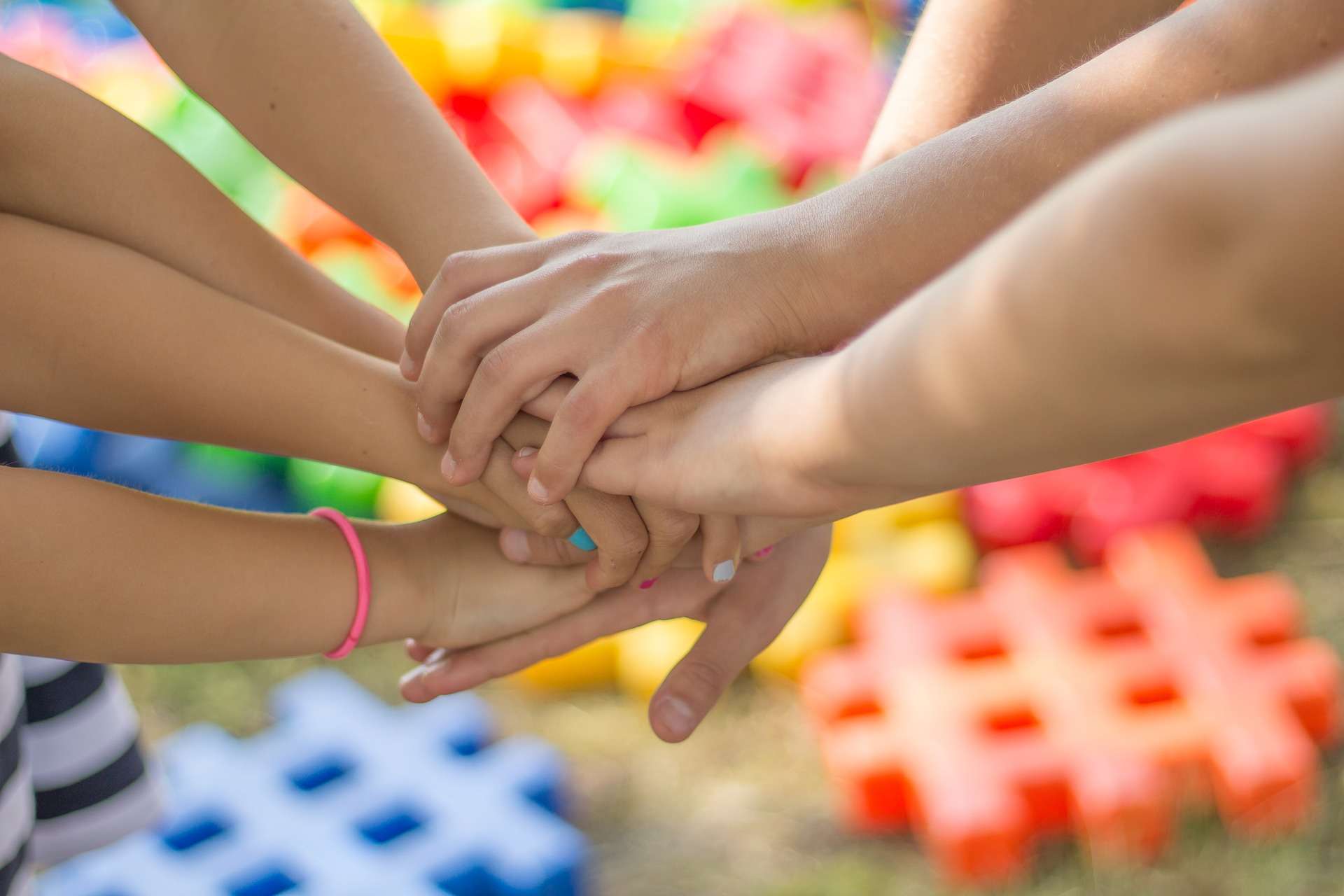
Including the child in your moving and handling plan is essential in making sure that they’re always comfortable with what you are carrying out.
How can I involve the child in the risk assessment process?
Wherever possible, try and involve the child in the decision-making process to ensure that you’re ticking the right boxes. Remember you’re assessing both their physical and mental health; if the child seems agitated or distressed, you may find that moving and handling them does more harm than good.
In a similar way, always try and review your moving and handling plan with the child and their parent/care workers wherever possible to make sure that your practices are in line with the child’s physical and emotional wellbeing.
Equipment for moving and handling children
In some cases, you will need to make sure that the equipment you are using is suitable for paediatric clients. For instance, if you use an adult-sized sling, you’re putting the child at a higher risk of injury.
Some slings are available in up to 5XS sizes, this can cater to children and some babies if necessary. We find that a manual transfer sling is good to have at hand for any moving and handling; it allows you and another person to lift the child yourself.
If you’re using a mobile hoist with a child, try and make sure it can go as low as the floor. You’ll find that children will be transferred to the floor more so than adults, so having a mobile hoist that can reach the floor (or as low as possible) is very important.
Of course, you as a healthcare professional might not always be there to carry out the moving and handling tasks, so it’s important that you show the child’s parents or guardians how to carry out these practices by themselves. This includes showing them the actual manual handling techniques as well as how to use any specialist equipment.
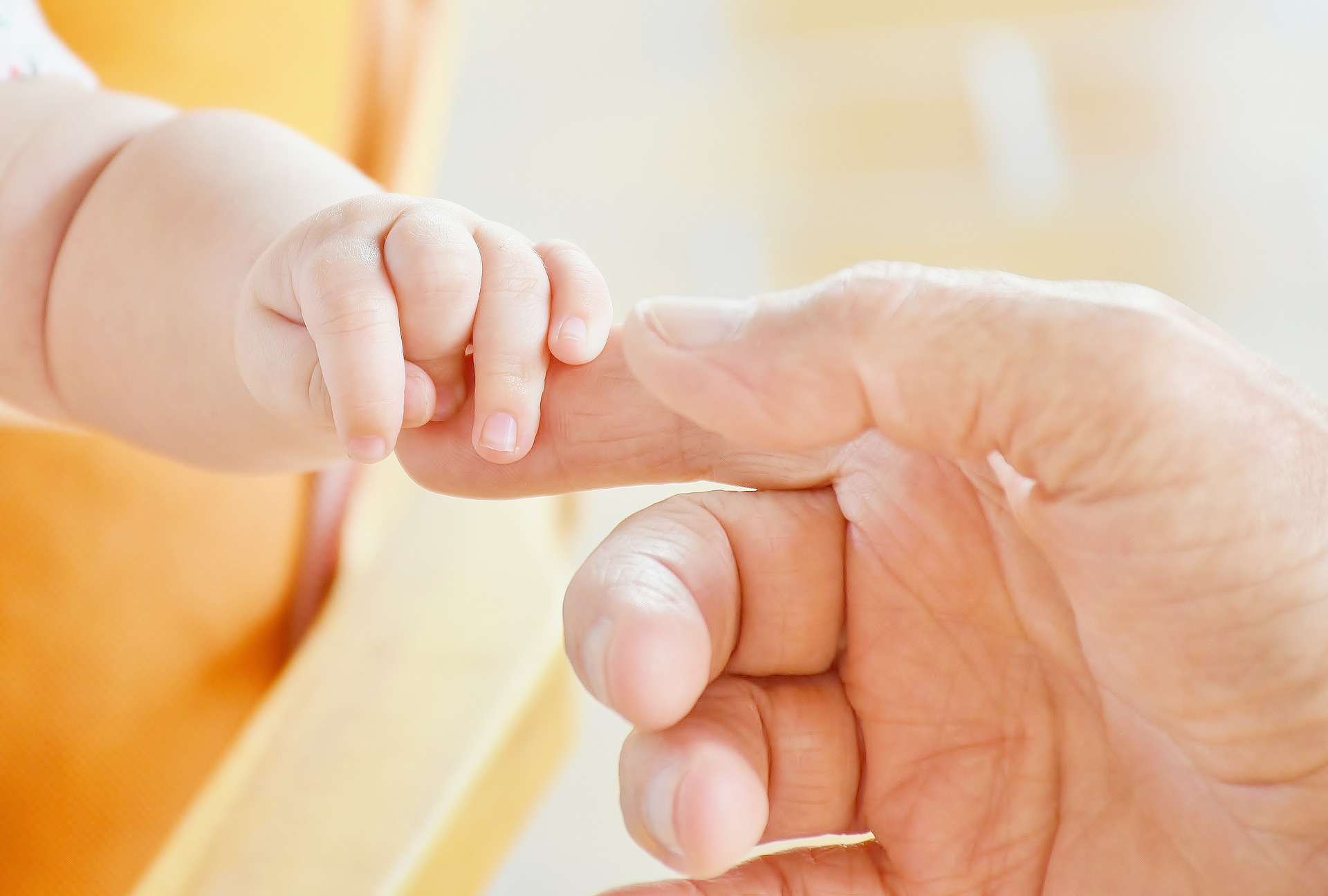
Whenever you’re moving and handling babies, always be mindful that their head may need supporting if they are still too little to support it themselves.
Precautions when moving and handling children
Other than the equipment, there are a few other precautions you should be aware of when moving and handling children.
With kids, you should always try and allow for involuntary movements. Be aware that the child could accidentally hit you or knock you or themselves during transfers.
It’s also worth bearing in mind whether or not the child has high tone or low tone. If they have high tone, they will tend to be more rigid, whereas if they have low tone, they will be more flaccid.
You should also make sure to protect the child’s head wherever necessary — particularly if they’re a newborn or very small baby. You will also need to support the head in these cases.
If the client has a respiratory problem, you should always try and keep them positioned so that they can breathe as easily as possible. It depends very much on the respiratory condition, but there are different ways you can transfer clients to keep them comfortable.
If the child breathes better when in an sat up, try and transfer them in a semi-upright position. Alternatively, for those who struggle to breathe sat up, they can be transferred in a supine position.
Summary
These things are all worth bearing in mind when it comes to moving and handling children. If you’re not 100% sure on the protocol or regulations, check with your supervisor before carrying out any manual handling.








